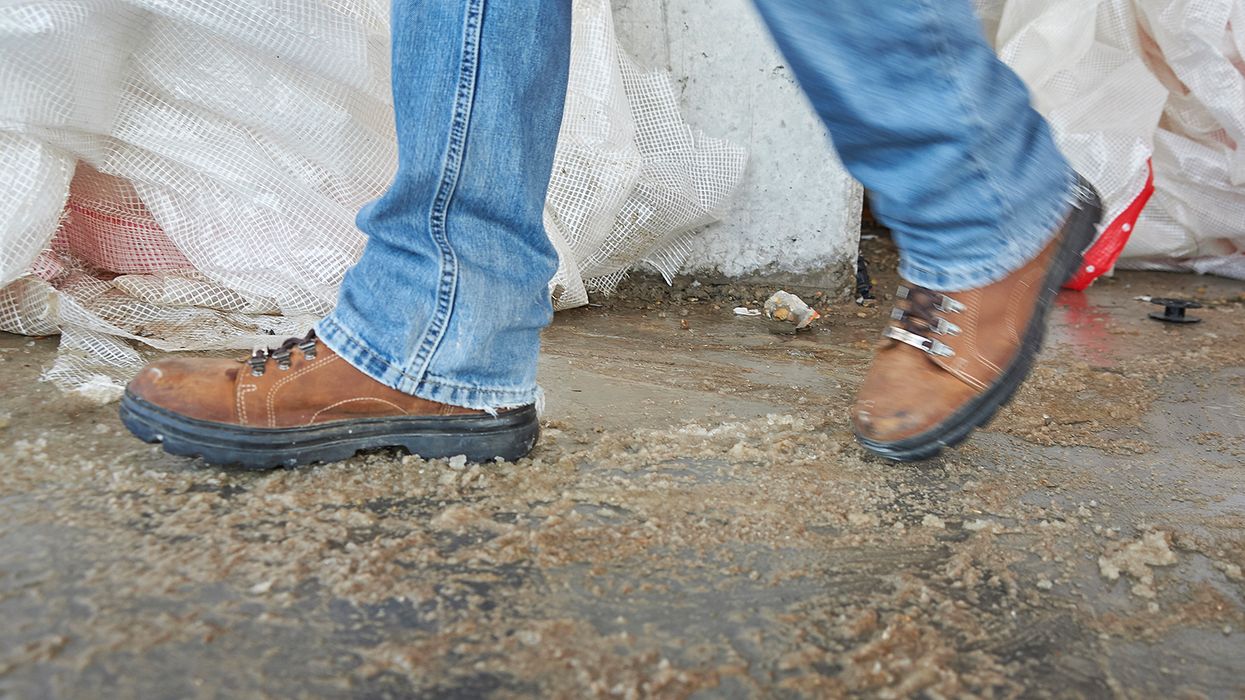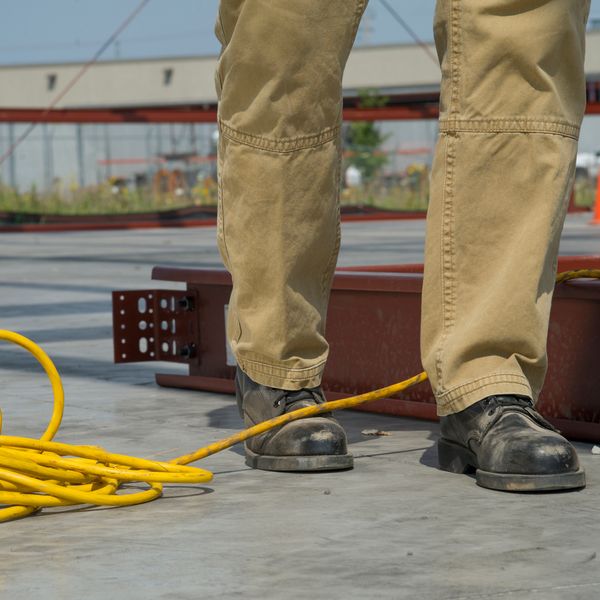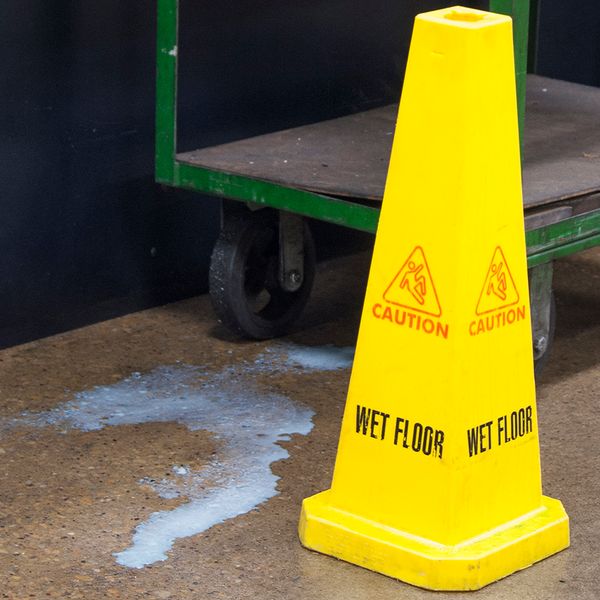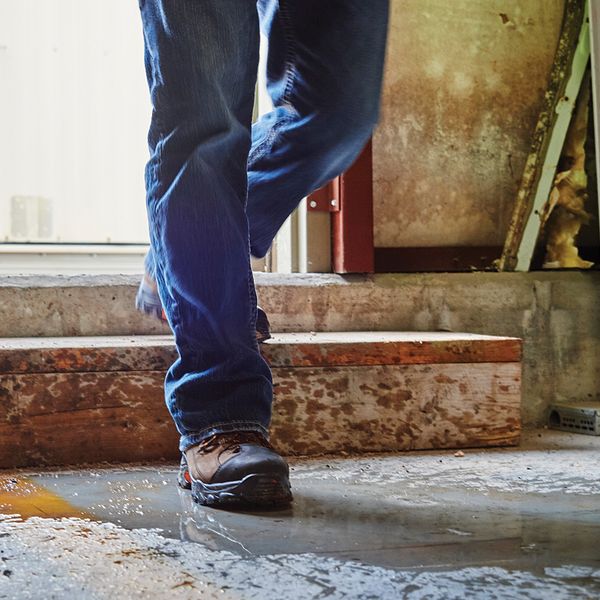Winter trips: Not the ideal travel destination
Wintery weather has just begun, and everyone has the potential to slip, trip, or fall due to snow, ice, or other slippery surfaces.
To further complicate matters, professional drivers encounter working conditions outside of the carrier’s control, such as a poorly maintained facility at a shipper, receiver, or fuel or rest stop.
To reduce the chances of injuries, train your drivers on the topic of walking-working surfaces and how to reduce the likelihood of slipping or stumbling.
Learn more about Walking-working surfaces.
Outdoor hazards
Winter weather, combined with other dangers, can be detrimental.
Drivers can lose their balance when encountering any of the following:
- Black ice, snow, and water
- Uneven sidewalks or other walkways
- Sloped walking surfaces
- Damaged steps
- Ladders or steps without handrails
When walking across a parking lot or other outdoor venue, drivers should take the proven path rather than a shortcut which may have hidden dangers.
See related content on Fall protection from CMVs
Indoor threats
The great outdoors is not the only place a driver can have a mishap. The following indoor variables can result in slips, trips, or falls:
- Frictionless floor (e.g., tile, marble, waxed)
- Gang planks and ramps that are not skid resistant
- Loose or unsecured rugs
- Floor surface transition (e.g., carpet to tile)
- Wet surfaces (e.g., water, oil, grease, chemicals)
- Dry contaminates (e.g., dusts, powders, granules, nuts, bolts)
- Ladders with damaged or uneven steps
- Cluttered work walkway (e.g., power cords, tools, hoses, boxes)
Anywhere, anytime situations
No matter the location, indoor or outdoor, the following circumstances are a tumble waiting to happen:
- Worn shoe soles
- Shoe soles covered with water, mud, grease, or oil
- Poor lighting
- Obstructed view
- Long pant cuff (catches a shoe’s heel)
- Untied shoelaces
- Moving in a hurried manner
Reducing the likelihood of an incident
Identifying risks is of little use if drivers don’t take precautions. A slip, trip, or fall is less likely to occur if drivers:
- Employ the 3-point rule when mounting or dismounting from the truck, trailer, equipment, loading docks, and ladders.
- Always use the handrail when available.
- Walk like a penguin for balance (arms outstretched, feet pointed to the sides, small strides).
- Slow down.
- Put the cell phone down while walking.
- Avoid blocking their vision when carrying objects.
- Watch for that last step or change in surface height.
- Inspect equipment (ladders, railings, steps) for damage before using.
- Check whether steps are slippery before using.
- Walk around, rather than over, obstructions.
- Report hazards such as spills.
At the terminal, poor maintenance can harm anyone at the facility — an employee, vendor, or visitor. Take precautions by:
- Removing, securing, or covering cords with mats
- Regularly inspecting and cleaning entryway mats
- Using the appropriate cleaning product for the type of spill to remove slippery residue
- Enforcing “housekeeping rules” in the shop, office, and warehouse (e.g., clutter, garbage, boxes)
- Monitoring parking lots, sidewalks, and floors for hazards.
- Cleaning up wet or greasy spills immediately and using “wet floor” signs
- Installing or repairing lights as necessary for proper illumination
- Use anti-skid adhesive tape in high traffic areas
Key to remember: Preventing slips on the job can be accomplished if employees are alert to dangers, take appropriate actions, and report anything that needs to be corrected.



















































